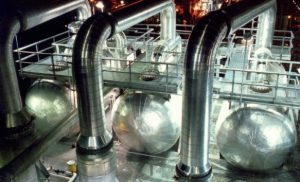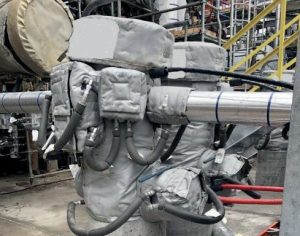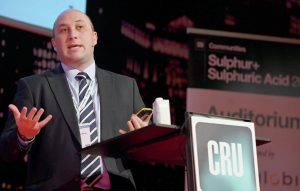
Wood to work on UAE’s first large-scale green methanol plant
UK engineering and consulting company Wood has received a contract from the UAE’s chemicals and transition fuels hub TA’ZIZ to provide project management consultancy for the development of one of the largest methanol plants in the world. Wood will work with TA’ZIZ’s engineering, procurement and construction (EPC) contractor, Samsung E&A, to deliver this project. Gerry […]







